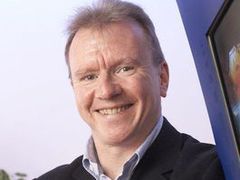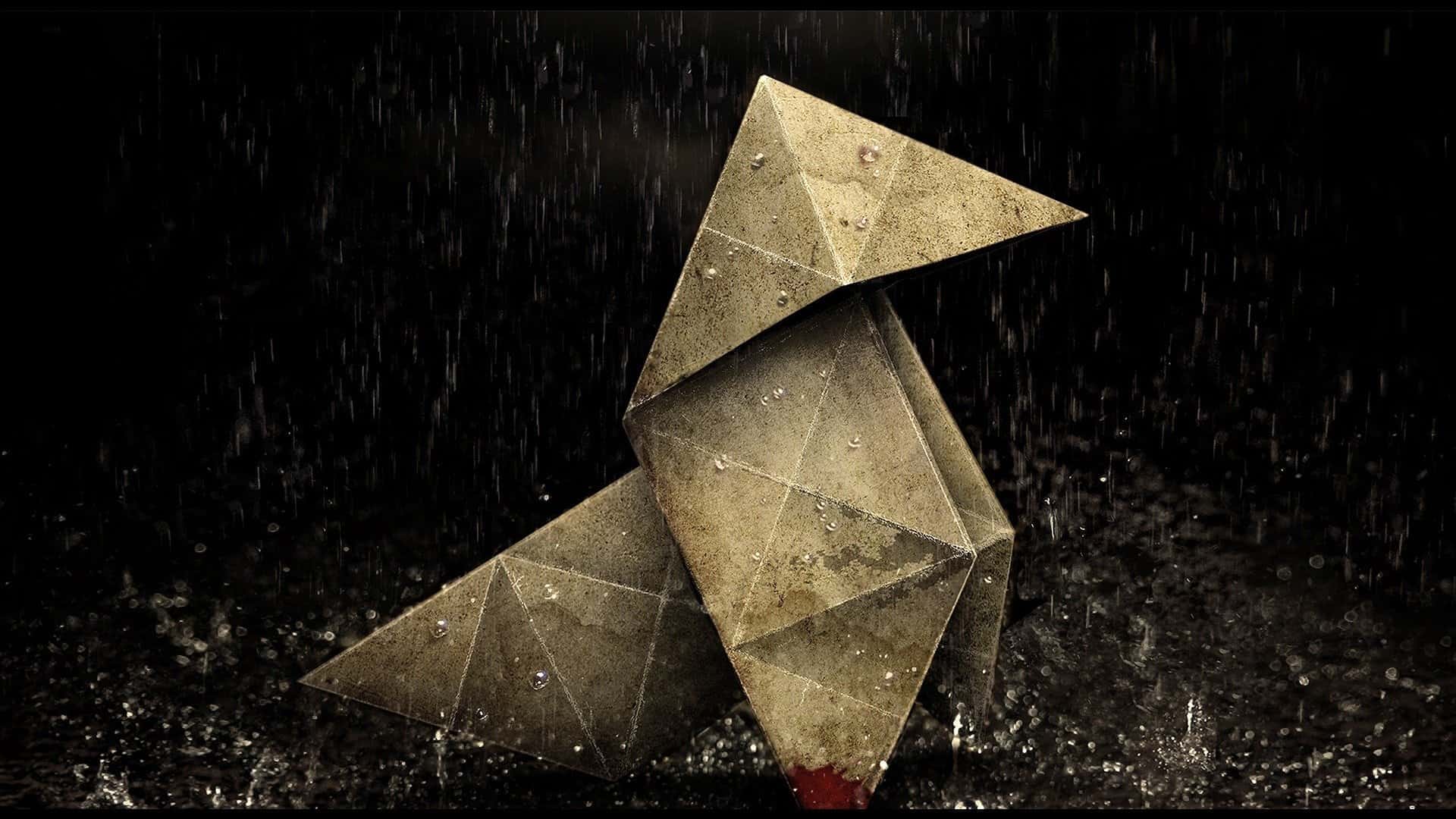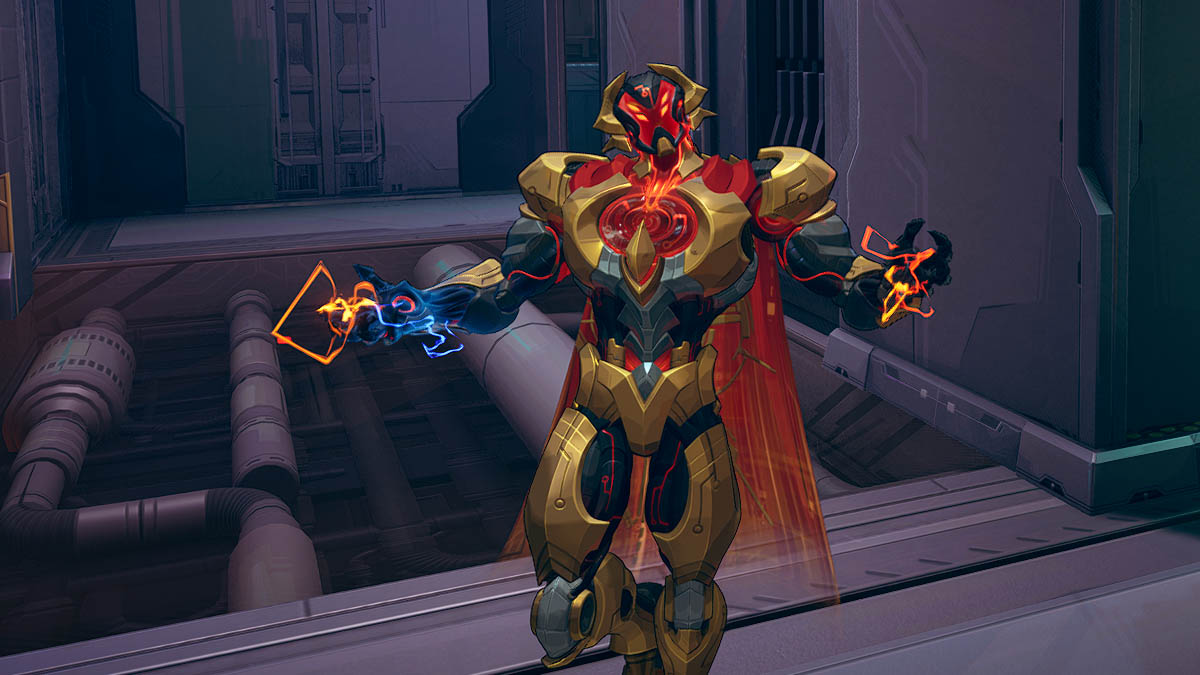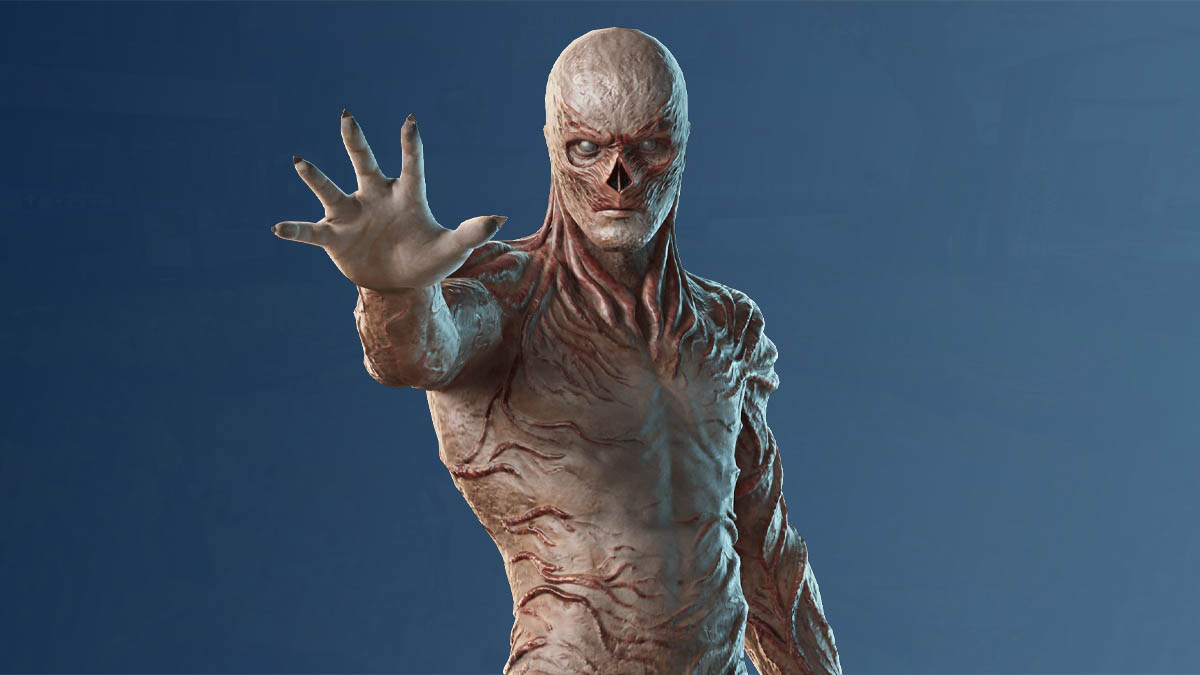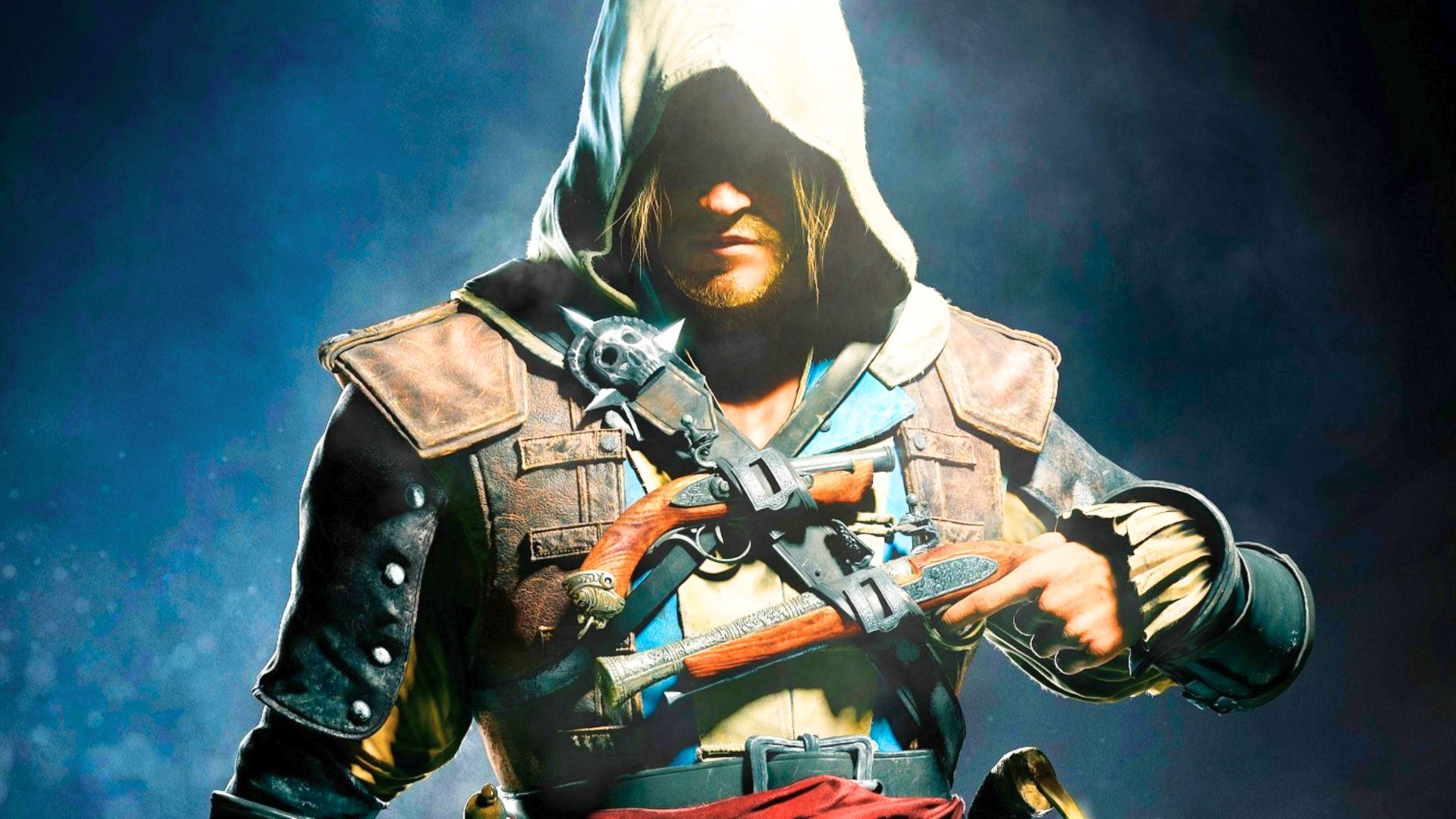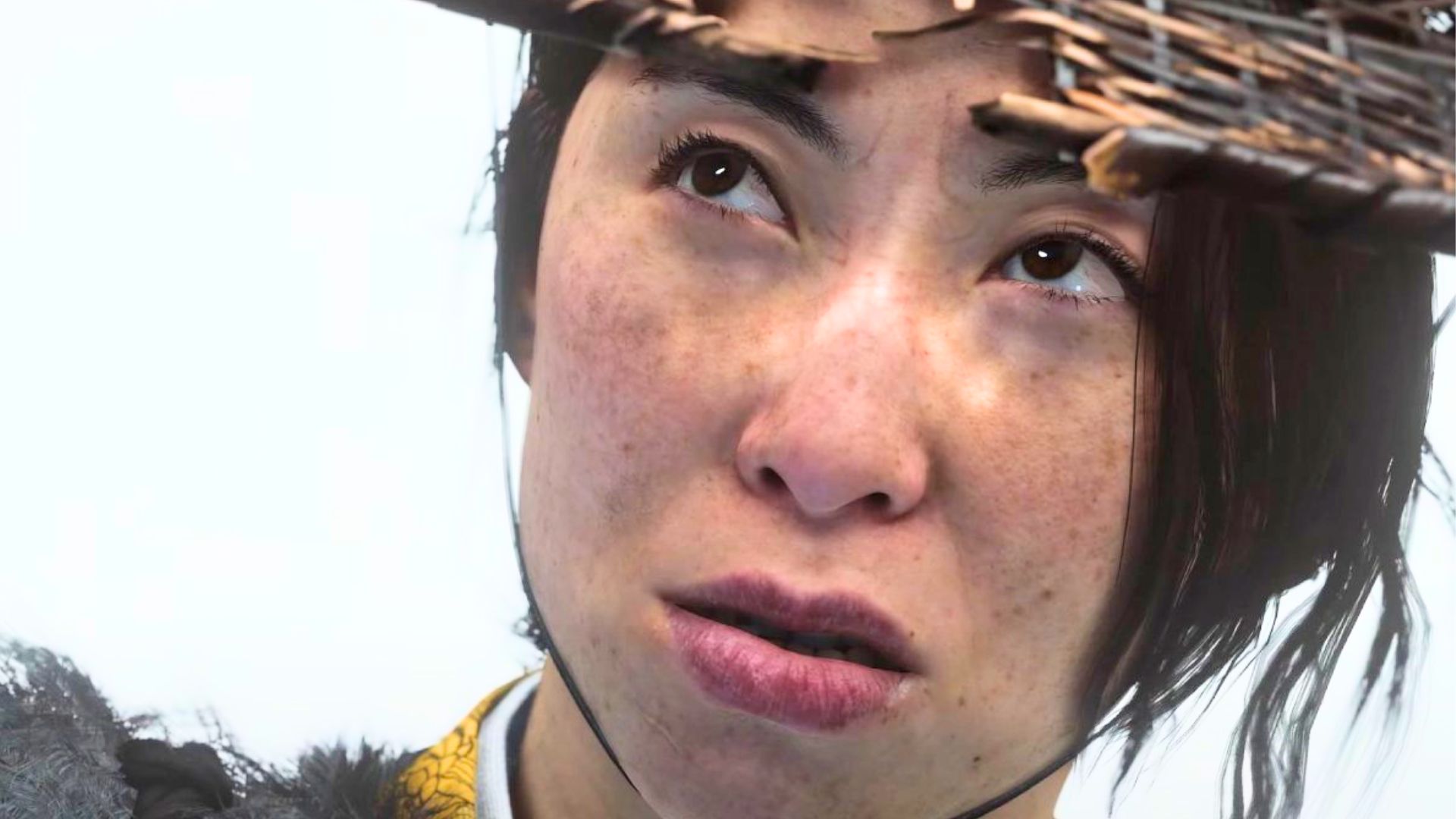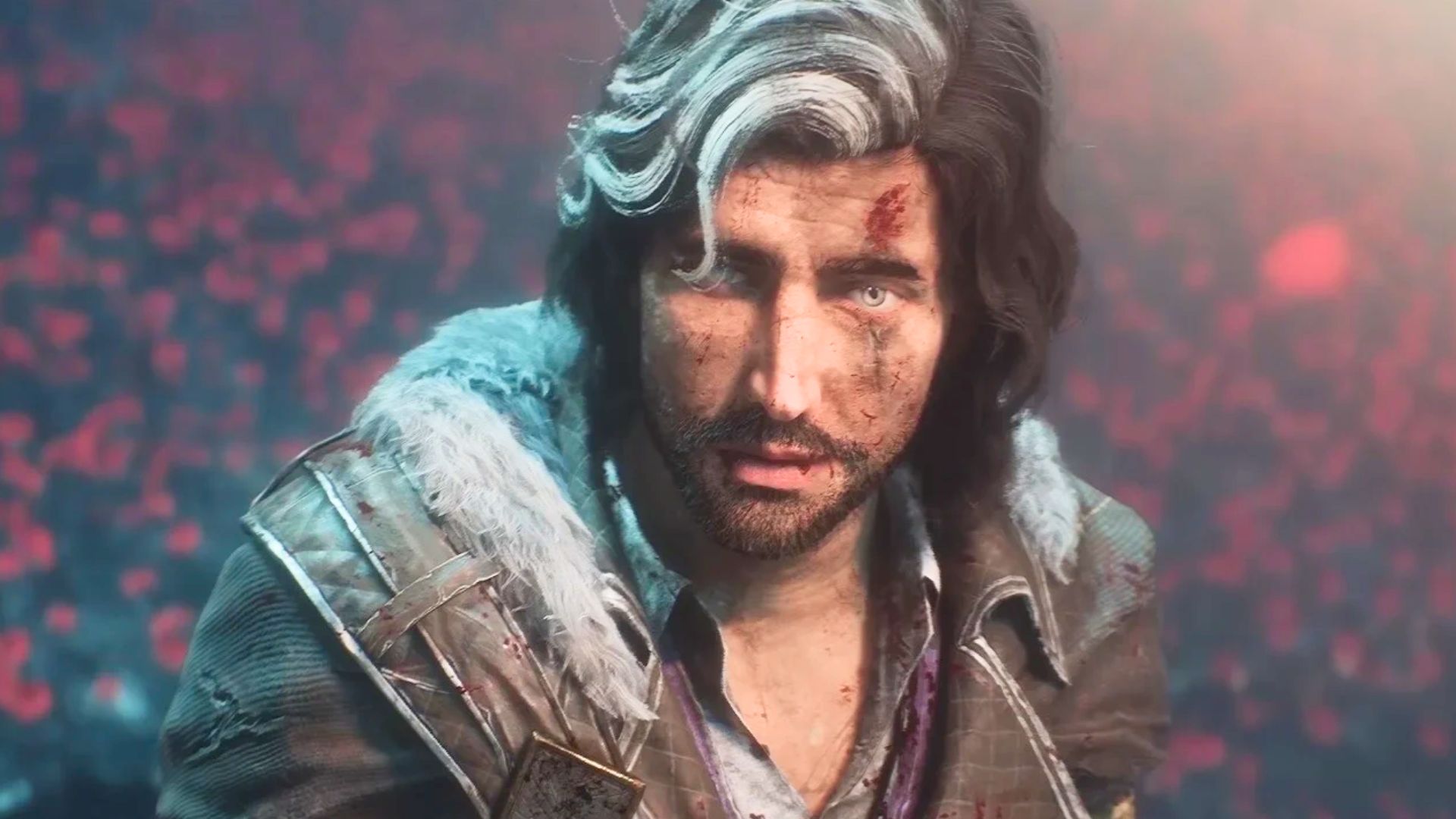You can trust VideoGamer. Our team of gaming experts spend hours testing and reviewing the latest games, to ensure you're reading the most comprehensive guide possible. Rest assured, all imagery and advice is unique and original. Check out how we test and review games here
Two days after Sony’s E3 conference we met with Jim Ryan, CEO and president
of Sony Computer Entertainment Europe. How does he feel the gaming public
reacted to Sony’s keynote? How does he think the Vita is faring? And why has Sony
fallen silent on the topic of 3D?
To find out, read on…
/https://oimg.videogamer.com/images/bfb3/jim_ryan.jpg)
[hr]
Q: Sony’s slogan for E3 was “Never Stop Playing”. Out of the three console
manufacturers, it seemed to me that Sony’s conference had the purest focus on
games – certainly compared to what Microsoft decided to show. What do you make
of that divergence?
Jim Ryan: Well, I wasn’t at the Microsoft Conference so it would be improper
for me to comment. I can only speak to what we said, and the messaging there,
which was very game-centric, was very carefully thought about, and really seeks
to convey the point that the PS3 in many ways is only just getting going. It’s a big,
complicated, powerful machine. It’s taken developers – our own developers, our
own studios – a little time to get to grips with it, but I think you saw the fruits of
that [at the keynote].
Some of that stuff was really exciting, I felt personally. I sat right at the back so I
could judge the mood of the room, and it was apparent to me that that mood was
largely shared. I think the true capabilities of the PS3 as a gaming platform are just
starting to become apparent to everyone.
Q: The contrast, as far as I’m concerned, is that Microsoft places a lot of
emphasis on wider console functionality. Obviously that’s something that Sony has
done as well, but it felt that this year there was a much stronger focus on games.
Do you think there’s a risk that console-makers occasionally focus too much on the
wider functions of consoles? For the hardcore, these are games machines first and
foremost.
JR: I think I agree with you. I think first of all it’s important to say that we
have a very comprehensive regimen of game services – I’d set them side-by-side
with anybody’s, and feel pretty proud with the comparison. One of the points is
that E3 is a games industry event, and it seems to me to be fairly axiomatic that at
a games industry event you should talk about games! That’s your audience. There’s
plenty of time to dwell on the other stuff.
Q: The industry has changed a lot of over the past half-decade or so. You have
a lot of console-owners these days who only dabble with games who are probably
more interested in the other stuff…
JR: Yeah. There are many audiences at these things. Microsoft, Sony and
Nintendo are big corporate animals; it’s fine for us to say we’re talking to the
gamers, but the eyes of the world are upon us, and the eyes of our shareholders
are upon us! That clearly does have to inform who says what when. We’re very
pleased to see that our stock went up and that some of the competitors declined!
We did something right, I think.
Q: You said earlier that the PS3 is just hitting its stride. Prior to this E3 a lot of
people were expecting next-gen showings, both from you and Microsoft. What does the next-gen mean to Sony, at this point?
JR: I think as we demonstrated on Monday, we’re really just focusing on PS3
right now. We’ve got a target, which is a matter of public record, of 13 million units
to sell this fiscal year. It’s pretty demanding, but given the software that was on
display we’ve got a pretty good crack at that. I’m given demanding, aggressive
numbers to meet, and that’s what I’m focussed on right now. I think [SCE
Worldwide Studios president] Shuhei Yoshida’s team has given me the tools to do
that. I’m going to go out there and nail it.
Q: In terms of the reaction to Sony’s keynote… Do you think the games on
display have convinced people that the next gen isn’t needed yet?
JR: We obviously didn’t talk about any future activity, and I don’t think we
needed to. As I say, we’re just focused on PS3 and on absolutely nailing that, this
year and the year after that.
Q: We haven’t talked about the Vita yet. From my perspective, the consensus
appears to be that it’s a great machine that has met expectation, aside from the
fact that it doesn’t have enough games. A lot of people have said that they would
have liked to have seen more Vita games in the keynote. Is that something Sony is
very aware of – that perception that there needs to be a wider software line-up?
JR: Well, I’ve heard the comment that we didn’t talk to the Vita software
line-up enough on a number of occasions. There’s only a finite amount of space at
these things, and as a platform holder you have multiple platforms – you just can’t
do everything that you’d like to do. We see pretty clearly in the pipeline round
about 60 games coming this current year, so there’s good breadth. There’s
Assassin’s Creed, Call of Duty, FIFA, LittleBigPlanet from our own studios. So we
look forward and see there’s breadth and there’s depth, and I think having those
four IPs on the platform in 2012 puts us in a pretty good place.
I’ve heard the comment about the perception that there’s not enough software,
but I’ve done all of PlayStation’s platform launches – PS1, PS2, PS3 and PSP – and
the launch line-up of software for Vita was comfortably the best. The perception is
commonly held, and I understand it – but I’m not sure that I agree with it.
Q: You’re entitled to have that opinion, I guess! Are you happy with the way the
Vita is progressing at the moment? If the games aren’t a concern, what is the big
goal for Vita over, say, the next 12 months?
JR: We’ve just got to focus on building install base, and that’s what we do.
We’ve been in the market three months now and we’re perfectly comfortable with
the way the thing is doing. We run our lives on a five-to-ten horizon with these
things, and we’re looking at our product strategy in those sorts of terms, looking at
content strategy in those sorts of terms, looking forward to Christmas 2012. I’m
pleased with the software line-up, and I think it’s going to do very well.
Q: What’s the key strategy for growing that install base?
JR: It’s the same as it always is – just offer the consumer the best possible
content and the best possible value proposition, and market the platform in a lively
and professional manner.
Q: People singled out Call of Duty: Declassified as something they wanted to see
at the conference because there’s a huge amount of expectation around it. Is that
going to be a key title for the Vita?
JR: I’m sure it will be. Obviously Activision are a superb publisher. They will
not bring anything to any platform that will not do their IP proud. The game is going
to be great, and it’s going to sell lots and it will help our platform.
Q: For a while now we’ve been edging towards the idea of games as a service,
games where the experience is drawn out over the course of a year. Obviously, DLC is a big part of that. Looking at Beyond: Two Souls and The Last of Us, both of
those games look to be far more traditional, in the that they don’t seem to fit that
“ongoing” mould – and that seems to be something that goes down very well with
gamers. Is that a topic that gets much discussion at Sony, in terms of choosing
what your exclusives will be?
JR: I think it’s all about balance. Take something like LittleBigPlanet – I think
you’d struggle to find a better example of a game that has that ongoing
engagement, and obviously having the PlayStation Network allows for that to
happen. We’ve got that sort of stuff and I think we’ve proved ourselves perfectly
competent at it. And then something like Beyond, and prior to that, Heavy Rain –
they push the envelope just as much, in very different ways. I think it’s part of the
platform-holder’s responsibility to not just have a platform with loads of shooters on
it, but a little bit of everything. And that’s what we try to do.
Q: I loved Heavy Rain, but it certainly felt like a risky game. Did it feel like that
at the time?
JR: I think the quality of the game was so apparent that we were always
confident, but when you do something that’s so different there’s always an element
of risk. You don’t know how consumers are going to react in their hundreds of
thousands. You can do all the focus group stuff that you want to, but at the end
of the day you never really know until the game launches. So there was a little bit
of uncertainty, but we went to market very confident with that game. It was a
great title.
Q: So does that instil confidence in how Beyond: Two Souls might do?
JR: We never get into a state of complacency, not least because the
platform is two or three years older now, and maybe has a slightly different
demographic. But obviously having the developer have a great success under his
belt in a similar sort of space, it does build confidence. I can honestly say that.
Q: I wanted to ask you about 3D, because 3D seemed to be one of the great
touchstones of Sony’s offerings last year, and then this year it’s quite notably
absent. What’s the feeling about 3D – was it something that people weren’t ready
for?
JR: It’s still very much part of the platform offering, it’s just that, you know
– we spoke about two years ago, we spoke about it last year. I don’t think we
want to get to the stage where every time you go to a Sony press conference you
have put you specs on and see something in 3D. It’s kind of moved: Two years ago
it was something new and a bit different, it was proper to talk about it. Like I say,
it’s more part of the core gaming proposition; I wouldn’t say we take it for granted,
because we don’t. But I think we have newer and more interesting things to talk
about this year, and I think it was write to do that.
Q: Apologies for being blunt, but a lot of people would argue that 3D gaming has
broadly failed to capture the imagination of gamers. Would you disagree with that?
JR: If you look at something like Uncharted 3… I don’t know if you ever
played that in 3D, but it was absolutely fantastic. There are games where 3D
makes great sense, like Uncharted 3, and there are games where it simply isn’t
relevant. There’s obviously a gating factor of the install base in televisions. You can
do whatever you like on the development side, but if the televisions aren’t there it
becomes rather moot. I think for those who want it, it’s there, and it’s right that
we offer it.
Q: So do you think it’s something that will get better traction over the next,
say, five or six years?
JR: I think it’s inevitable, because the technology on the TV-set side will
evolve, the install base will grow, and that will only help.
Q: Moving on to PSN. The digital download space feels like a growth area for
Sony, particularly with things like the Pub Fund initiative. Microsoft did such a good
job of popularising Summer of Arcade, but now it seems like the PSN is stepping up.
Is that one of the areas where you’re especially keen to compete with Microsoft?
JR: I wouldn’t say that we look at them and say, “Ooh, we need to match
what they’re doing!”, whether it’s on the technical side or the revenue side. But
we’re definitely getting more confident with our network offering, we’re getting
more experienced with it. We see opportunities with things like PlayStation Plus to
really offer more value to our consumers, and we’re going to do that. As you heard
on Monday, we’re going to be a lot more aggressive with PlayStation Plus, and I
think that’s something that should be very exciting for our consumers. It’s just
another dimension, another way in which we can communicate with our consumers,
offer them more. And we’re steadily using it more, getting more comfortable with it
and getting better at it.
Q: What are the key challenges to getting better with it, in more precise terms?
JR: Well, there are a number of dimensions to that. As time passes the
features and functionality improve. Firmware upgrades allow us to steadily… it’s
slow but steady [progress]. If you look at the PSN now and the PSN we launched
the PS3 with, they’re scarcely recognisable. So that’s a big piece of it. I think our
understanding of the way our consumers use the network, want to interact with us
through the network, that understanding has improved a lot. And I think the way
we market and communicate what is on the PSN is significantly improved. And
finally, obviously the software offering is vastly enhanced.
Q: On a similar note, what is the biggest lesson Sony has learned from this
console generation, and how is that going to impact on what the company does in
the short term future, say five years down the line?
JR: It’s hard to pick any one thing, but I think our appreciation of the way
that consumers want to be connected has really grown a lot. The ecosystem that
we now have, with multiple platforms – PS2, PSP to a lesser extent, PS3,
PlayStation Vita, PSN, and now PlayStation Mobile – we sort of look at the world
around us and see this desire for connectedness. Having these multiple platforms
with the Network that binds them together, I think we’re starting to realise the
power we have at our disposal, and we’re getting to the stage where we unleash
that in a serious manner.
Q: “Unleashing the power”. That’s a fairly colourful image, but what have you
learned in terms of how best to do that? It’s great that we can play games on all
these formats, but you can overstretch.
JR: You can, and it’s important that we don’t lose focus, but I don’t think
we’re doing that. Again, it goes back to the point of the presentation – it was
games, games, games. I didn’t see any sign there of an organisation that was
overstretching or losing focus.
ADDENDUM: This article originally quoted Jim Ryan as saying SCEE was targeting “30 million [PlayStation 3] units to sell this fiscal year”. However, SCEE has since informed VideoGamer that this figure should have read 13m. VideoGamer would like to apologise to both SCEE and Jim Ryan for this error.
Heavy Rain
- Platform(s): PC, PlayStation 3, PlayStation 4
- Genre(s): Action, Adventure, Third Person
